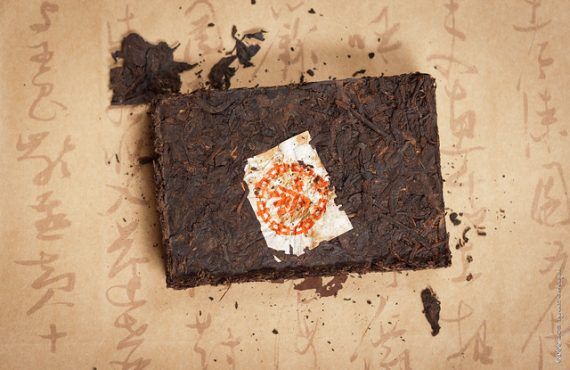
How tea has evolved in China, Japan, India, & Kenya
China: The Birthplace of Tea
In the tea mountains of Xishuangbanna Prefecture in China’s Yunnan Province, visitors seek out Pu’erh tea—the most valuable and collected of all the world’s teas. Whether growing on trees in Yunnan’s mountains or bushes on terraced hillsides in Sichuan, tea trees are delicately hand-picked by local communities. The tea plant Camellia sinensis originated in these forests, and its leaves have been cherished for over 4,700 years.

Tea is deeply ingrained in Chinese culture. Confucius believed it could help people understand their inner dispositions, Buddhists considered it a way to concentrate the mind, and Taoists accepted it as an ingredient in the elixir of immortality. Tea is part of everyday life, transcending social levels and connecting people to nature.
Japan: The Art of Tea Ceremony
Chanoyu, Japan’s traditional tea ceremony, is a choreographed ritual that celebrates the aesthetics of tea. It emphasizes harmony, respect, purity, and tranquility. Participants gather in a serene tearoom, where the host prepares matcha (powdered green tea) with precise movements. The ceremony is a meditative experience that fosters mindfulness and appreciation for beauty.

Japanese teahouses (chashitsu) are serene spaces for tea ceremonies. They often feature beautiful gardens, tatami mats, and minimalist decor. Visitors can immerse themselves in the art of tea while savoring the delicate flavors of matcha.
India: Chai and Beyond
India’s chai culture is vibrant and diverse. Masala chai, a spiced tea made with black tea leaves, milk, and aromatic spices (such as cardamom, ginger, and cinnamon), is a staple across the country. Street vendors serve chai in small clay cups, creating a sense of community and warmth.
India is also known for its premium tea regions. Darjeeling, nestled in the Himalayas, produces delicate black teas with floral notes. Assam, in northeastern India, yields robust and malty black teas. Both regions contribute to India’s rich tea heritage.
Kenya's Love Affair with Black Tea
The Kenyan tea culture is a captivating blend of tradition, innovation, and international influences centered primarily around black tea. While deeply rooted in its British and Indian influences, Kenya's tea culture has evolved into a unique phenomenon that captivates tea enthusiasts and fuels tea tourism across the globe.
Black tea reigns supreme in Kenya, where it is cultivated across vast plantations that stretch across the Western and Central highlands. Known for its robust flavor and deep amber hue, Kenyan black tea has become synonymous with quality and consistency in the global tea market.
The origins of Kenya's tea culture can be traced back to colonial times, when British settlers introduced tea cultivation to the fertile lands of Limuru, central Kenya. The English tradition of afternoon tea quickly took root, influencing Kenyan customs and social gatherings. Today, the ritual of enjoying a cup of tea with milk and sugar remains a cherished part of daily life for many Kenyans, reflecting the enduring legacy of British colonialism.
In addition to British influences, Kenya's tea culture has embraced elements of Indian chai, a spiced tea brewed with milk and spices like cardamom, cinnamon, and ginger. The popularity of chai in Kenya underscores the country's rich cultural tapestry, where diverse communities have contributed to the evolution of tea-drinking customs over the years.
Global Inspirations and Tea Tourism
Kenya's vibrant tea culture is also fueled by global inspirations, with tea tourism playing an increasingly prominent role in showcasing the country's tea heritage to visitors. Drawing on successful models from tea-loving nations like China and Japan, Kenyan tea estates have developed immersive experiences that allow tourists to explore tea gardens, learn about tea processing techniques, and participate in tea tastings.

Moreover, Kenya's tea culture has been heavily influenced by international trends and innovations in tea production. The country's reputation for producing high-quality orthodox and specialty teas has garnered attention from tea aficionados around the world, driving interest in Kenyan teas beyond traditional black blends.
The Evolution of Tea in Modern Times
As tea culture evolves in the modern era, innovative trends emerge, reflecting changing tastes and lifestyles. From the rise of artisanal tea blends to the popularity of bubble tea and wellness-focused herbal infusions, the definition of a perfect cup of tea continues to evolve, catering to diverse palates and preferences.
Tea is more than a beverage—it’s an ambassador of culture, fostering dialogue and understanding across borders. Whether you’re sipping Pu’erh in China, participating in a Japanese tea ceremony, or enjoying masala chai in India, each cup tells a story of tradition, connection, and appreciation. So raise your teacup and celebrate the global tapestry of tea!
